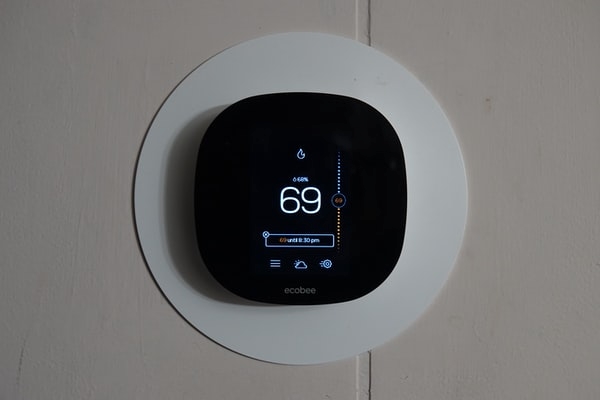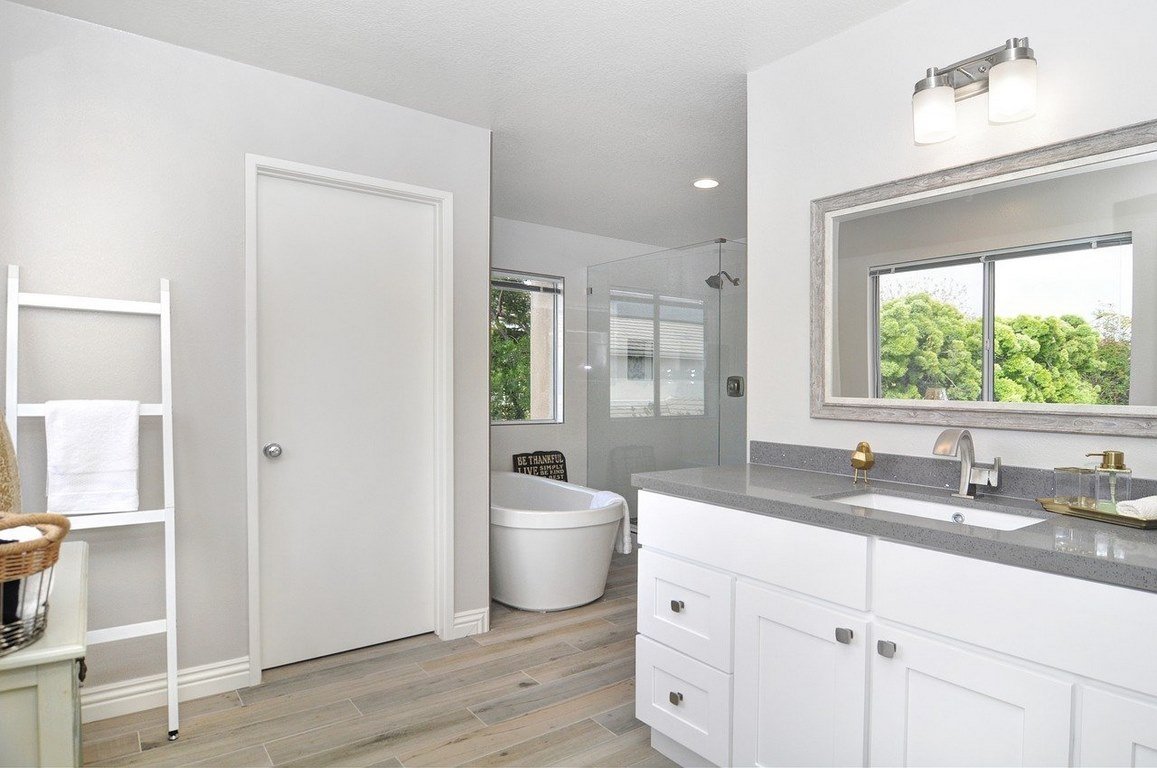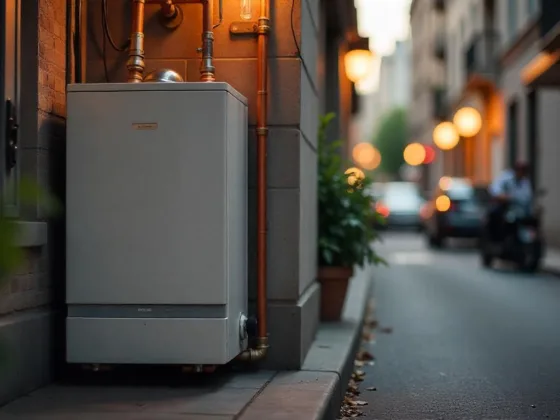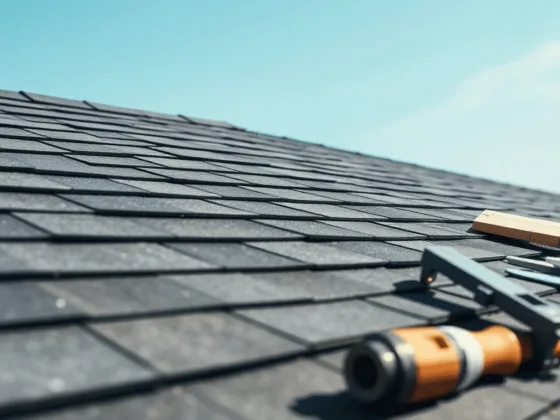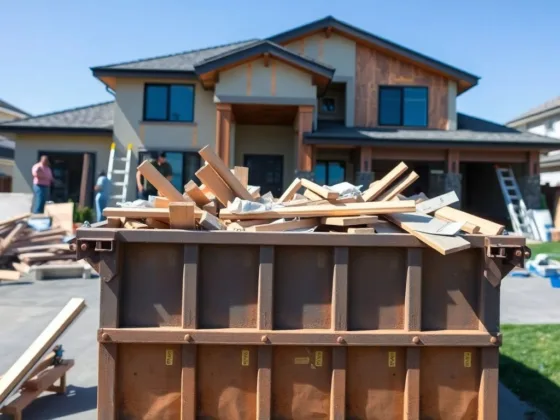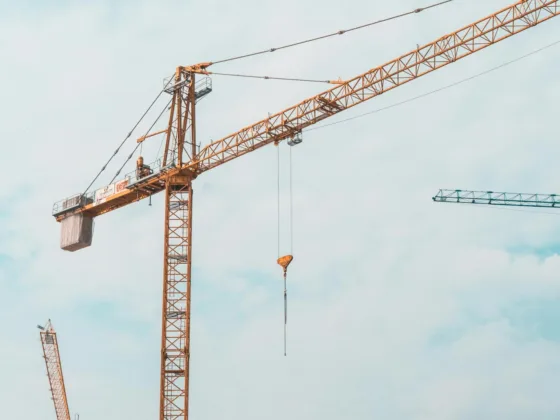Your thermostat is one of the most important components of your heating and cooling system. It is responsible for regulating the temperature in your home, so it is crucial to choose the right one for your needs.

Every thermostat will need to be replaced eventually, and it’s a good idea to be prepared and aware of the warning signs that something could be wrong with your unit.
Additionally, there are a variety of thermostats on the market, so it is necessary to understand the features and benefits of each type before making a purchase. If you’re not sure what to do or where to start, keep reading to find out how to tell if your thermostat needs to be replaced.
How can You Tell if Your Thermostat Needs to be Replaced?
If you’ve been searching “how to tell if thermostat is bad“, then this article is for you. There are many red flags that could indicate that you need a replacement thermostat.
For example, if you’ve been noticing an unexplained increase in your energy bills, your thermostat may be malfunctioning. If the thermostat is not working properly, your furnace or air conditioner will have to work harder to maintain your desired temperature.
This can lead to higher energy bills and increased wear and tear on your equipment. A broken thermostat may also display incorrect readings or turn off without warning.
If you’re noticing that your heating or cooling system is cycling on and off more frequently than usual, it could also be a sign that your thermostat is malfunctioning.
When your thermostat is working correctly, it will keep your home at the temperature you set, cycling on and off as needed to maintain that temperature. However, if your thermostat is short-cycling, it will turn on and off more often than necessary, which will further increase your overall energy consumption.
Proper HVAC maintenance is key to keeping your home comfortable all year long. By failing to properly maintain your system, you could be dealing with decreased comfort, expensive bills, and even costly repairs.
You should have the unit and the thermostat inspected at least once annually and your HVAC filter changed at least once every 90 days if you want to ensure peak performance.
What Else can you do to Maintain your Preferred Indoor Temperature?
A smart thermostat is an electronic device that helps manage the indoor climate in a building or home. It does this by regulating the amount of heat or air conditioning that is put out.
A smart thermostat can be controlled remotely, which means you can change the temperature setting no matter where you are. Smart thermostats are also able to learn your habits, so they can adjust the temperature setting automatically based on your preferences. This can save you money since you will not have to waste energy heating or cooling your home when you are not there.
Window cracks can let in outside air which can affect your indoor temperature. They can also let in moisture, pests, and other outdoor contaminants that can have a meaningful impact on your comfort and safety.
Eventually, these cracks can cause the window frame to rot, the window glass to break, and the insulation to lose its effectiveness. You can try to fix the cracks with caulk, but if the problem persists, you may need to replace the window.
Your HVAC system keeps you comfortable and it also protects your indoor air quality and filters out harmful pollutants. That’s just one of many reasons why you need to take good care of your HVAC system and your thermostat.
If you notice any of the previously mentioned warning signs, you should call a technician as soon as possible to have them inspect your unit. They’ll be able to confirm whether or not you need a replacement. As long as you follow this advice, you’ll be able to maintain your preferred indoor temperature all year round.
